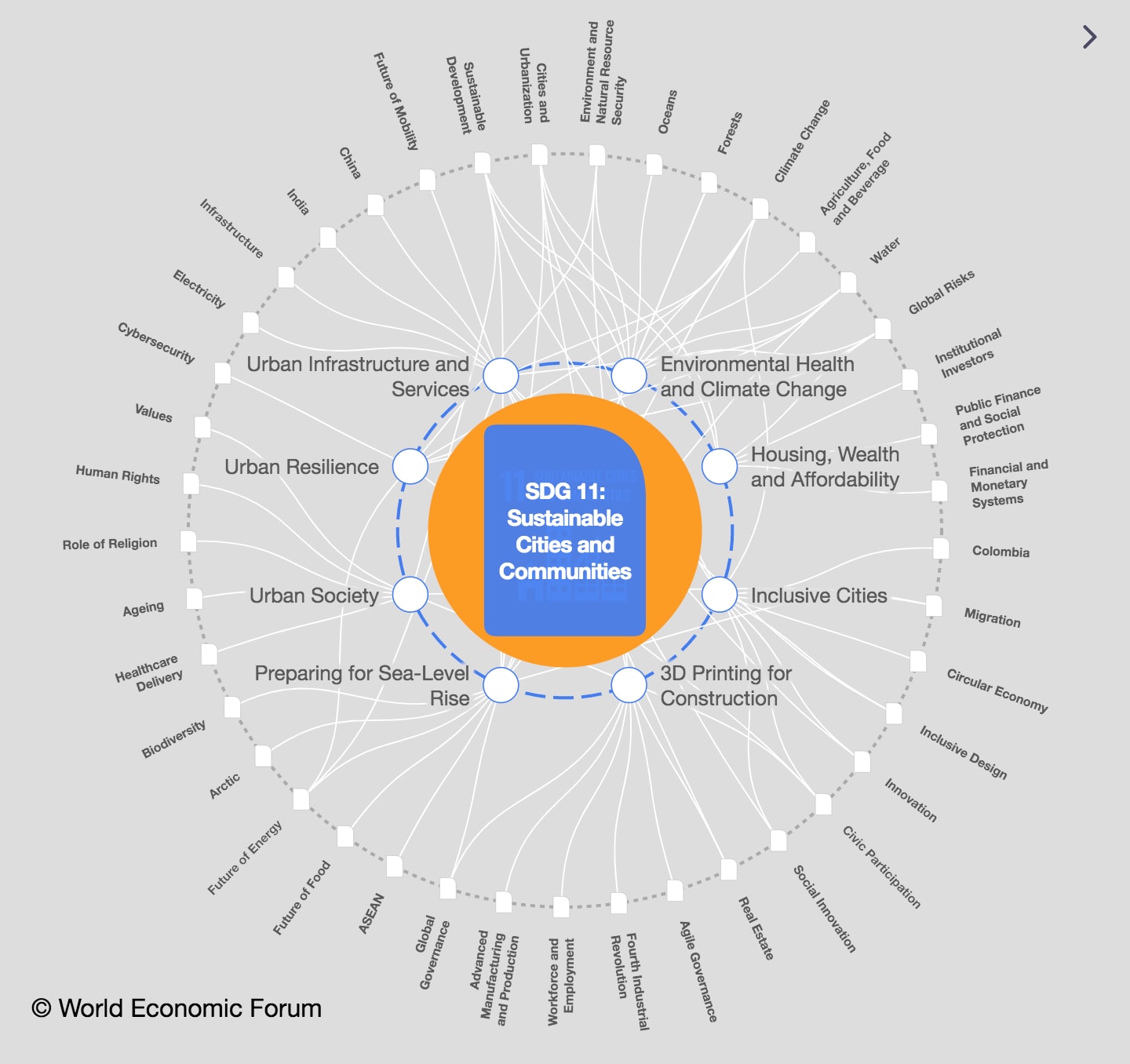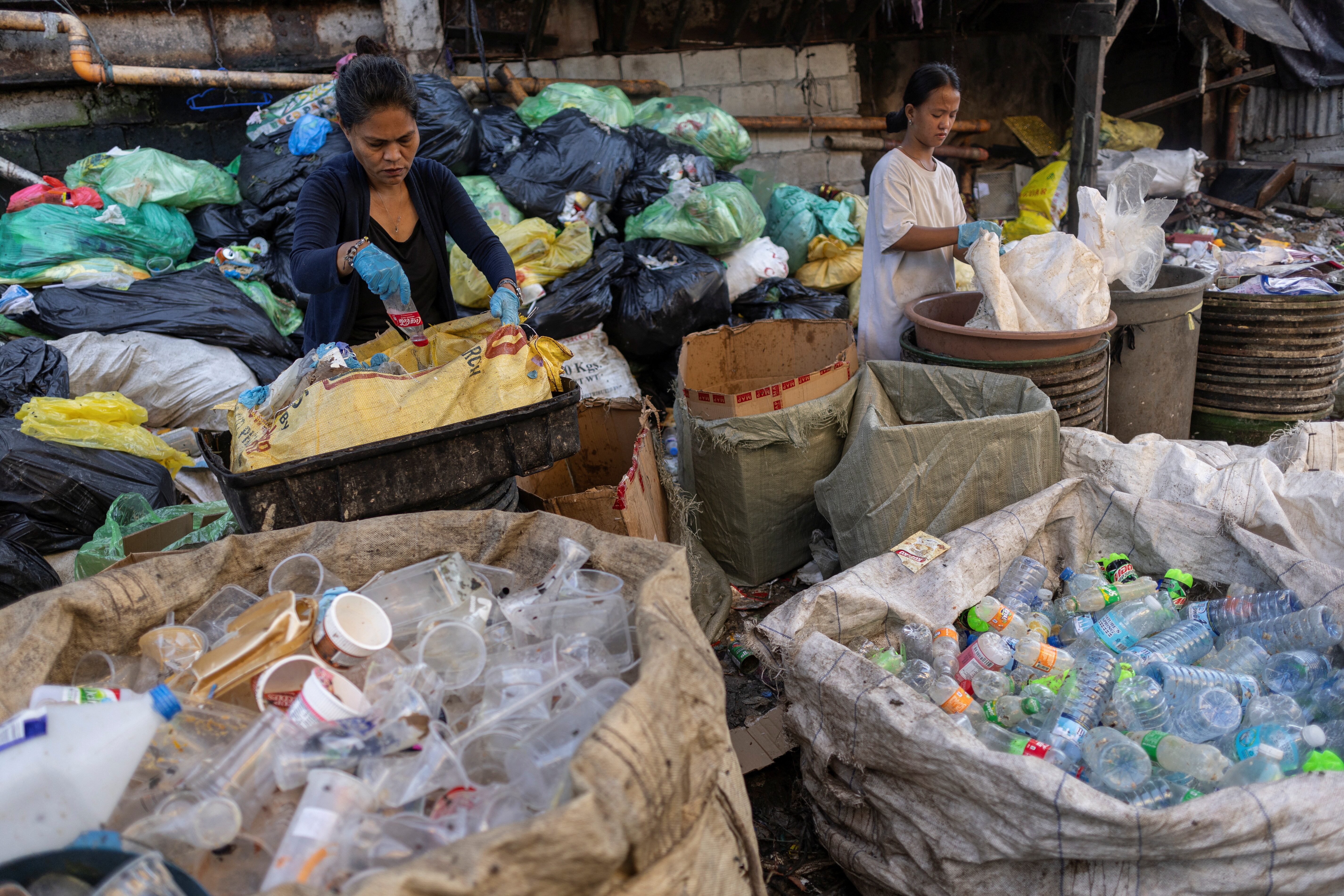The world's economy is only 9% circular. We must be bolder about saving resources

Upcycling used tyres at a workshop in Yemen. Image: REUTERS/Mohamed al-Sayaghi
The immense progress in human development over the past century has provided incredible opportunities for many, yet it has been largely fuelled by rapid and accelerating dependency on natural resources – and the extraction and processing of these resources are responsible for about 50% of greenhouse gas emissions. As was again emphasized during the recent UN Climate Action Summit, this approach is no longer viable. António Guterres, UN secretary-general warned that: “If we don’t urgently change our ways our life, we jeopardize life itself.”
The science is clear, the urgency is palpable, and solutions are available. The circular economy – which proposes to design, make, use and reuse products and services to ensure they stay within the economy for as long as possible while minimizing environmental harm – offers incredible potential and is gaining traction.
Some people mistakenly shape a narrative that increasing recycling rates or managing waste will move us towards the type of circularity that will solve our climate and environmental challenges. While this is necessary, it’s far from sufficient.
Only wholesale circularity, that sees a 'decoupling' of natural resource consumption from economic gains, will allow business and governments to tap into its potential trillion dollar opportunity in economic benefits and provide the promised environmental outcomes. To achieve this, much bolder actions and commitments to transform business models and market frameworks will be required. Here are a few reasons why this is critical:
The extraction and processing of natural resources alone cause 90% of global biodiversity loss and water stress, and more than half of global climate change impacts. About 20% of GHG emissions are caused by the extraction and processing of metals and non-metallic minerals. These emissions, as well as emissions from other materials such as plastics, can only partially be abated by energy technology solutions.
Without business and policy model changes, resource use will more than double from current levels to 190 billion tonnes by 2060 and far exceed our planetary boundaries. Disconnecting human progress from a dependence on natural resource use will be key.

Smart resource use and business models that do not rely on natural resource extraction are a huge untapped field for innovation for a new model of growth. International Resource Panel modelling sees a boost of 8% in global growth above a “historical trends scenario from 2030 to 2060 through efficiency measures in construction and manufacturing alone”. A full embrace of the decoupling transition, namely employing it as the general innovation principle across sectors, could deliver benefits far beyond that. While many industries, such as construction, will always be material-intense, there are opportunities to develop business models that link revenue to the quality of life delivered, rather than purely based on sold physical assets.
Many innovative businesses and governments are already moving towards resource-use innovation through circular economy thinking. Reducing wastefulness in production, service-based business models like product rentals, looping modules and materials through re-manufacturing and recycling, and minimizing environmental externalities, for example by avoiding the leakages of health-damaging chemicals, are essential for decoupling economic activity from resource use. These principles can generate innovation through the development of new products and services that can potentially restore progress to plateauing or slow growth market segments.
Yet, despite the progress and growing momentum behind the circular economy, we are far from being on track – the world is only 9% circular. A real risk, is that the positive talk about the potential of the circular economy is undermined by a lack of real impacts of its potential to truly reduce natural resource use and impacts unless bolder commitments and action are taken.
The Netherlands is a first-mover, having set firm targets to reduce natural resource consumption in its economy by 50% by 2030, while the country’s target for 2050 is a fully circular economy. In the corporate world, IKEA is showing leadership, with a bold commitment to become a circular business by 2030.
The European Council has also spotted the opportunity, calling in its October resolution for advancing on “possible resource efficiency targets for […] biodiversity, for reducing greenhouse gas emissions and for promoting a change in consumption and production patterns”. It encourages the EU Commission, “along with stakeholders, to prepare such strategies covering targets, policies, instruments, indicators and results monitoring in these key sectors”.
While these positive signals offer a glimpse of ambition in the right direction, much more is required. Our recently published white paper offers initial reflections on the need and opportunity for strengthened metrics and targets to both accelerate innovation and more effectively track progress towards a circular economy.
Without undermining the complexity of this task, the goal is to spark debate between academics, governments and business on the scale and scope of action required to achieve a fully circular economy that can helps us operate within planetary boundaries.
Don't miss any update on this topic
Create a free account and access your personalized content collection with our latest publications and analyses.
License and Republishing
World Economic Forum articles may be republished in accordance with the Creative Commons Attribution-NonCommercial-NoDerivatives 4.0 International Public License, and in accordance with our Terms of Use.
The views expressed in this article are those of the author alone and not the World Economic Forum.
Stay up to date:
SDG 11: Sustainable Cities and Communities
Forum Stories newsletter
Bringing you weekly curated insights and analysis on the global issues that matter.
More on Circular EconomySee all
Felipe Basso
November 13, 2025







